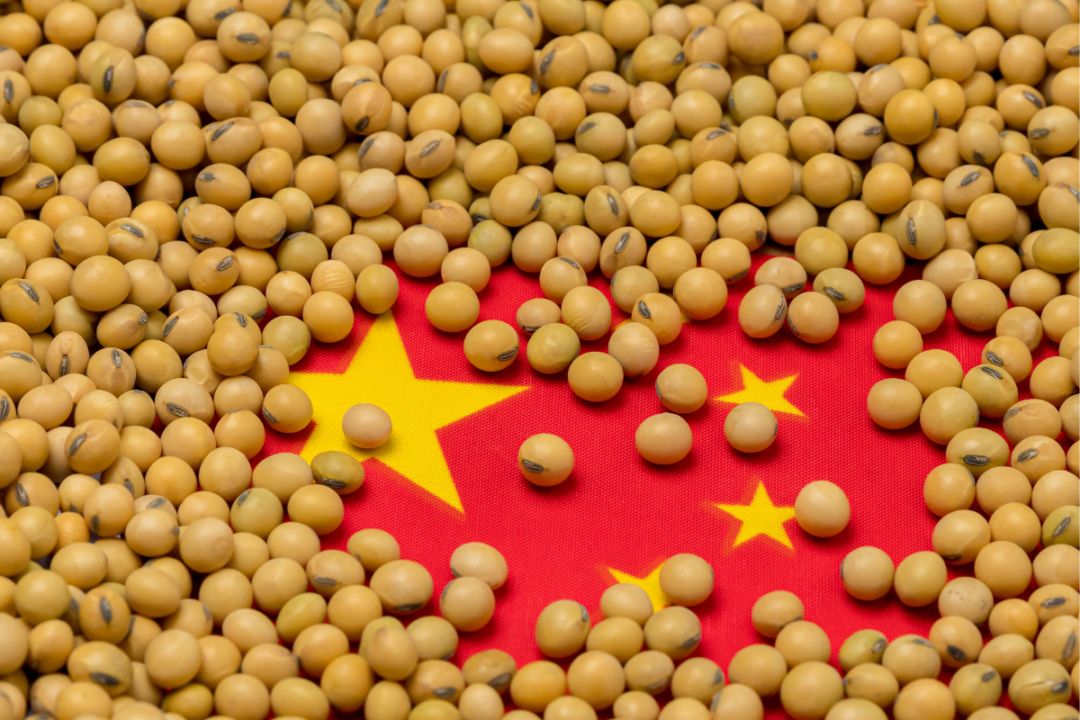China increases imports and processing of soybeans and cancels purchase agreements

According to the China National Grain and Oil Information Center (CNGOIC), during October 19-25, China increased the volume of soybean processing by 29% to 2 mln tonnes compared to the previous week, which is 27% higher than the corresponding figure in 2022.
At the same time, soybean stocks in China decreased by 16% for the week and as of October 25 amounted to 4 million tons (-14% for the month, +21% for the year). Imports of soybeans from Brazil in September amounted to 6.88 million tons, which is 23.4% higher than in September 2022.
Sales of soybean meal in the country in September were very low, due to the accumulation of significant stocks of meal by feed producers amid possible supply disruptions.
During the last week, the sales of soybean meal in the domestic market of China increased, especially forward sales for delivery in May-September, which confirms the expectations of processors for further decline in meal prices.
According to Agricensus, there is information that Chinese buyers canceled the purchase of 8-10 tons of Brazilian soybeans for delivery in November. “The margin from soybean processing in Brazil is higher than in China, so large corporations that have processing plants in several countries can choose where to process soybeans to make more profit,” Chinese traders said.
In November, the prices for Brazilian soybeans delivered by CFR to China are only 0.05-0.15 USD/bushel higher than for the US soybeans, although the premium is usually 0.5-0.7 USD/bushel (20-25 USD/t). Therefore, it is unlikely that the cancellation of soybean purchases in Brazil is related to the signing of the agreement on intentions to purchase soybeans in the United States.
At the same time, the demand for soybeans reduces the fall in prices and demand for pork due to lower incomes. In September, pork prices in China fell to $ 2.96/kg (-32% for the year), although usually the fall holidays account for the highest consumption of meat.
Chinese livestock producers are reducing the content of soybean meal in feed to reduce the cost of production, which reduces the demand for soybeans. The country’s Ministry of Agriculture has already warned pig producers of a second wave of falling demand for pork in February, after the celebration of the New Year 2024.
Read also
BLACK SEA OIL TRADE: Straight Talk on the 2024/25 Season and 2025/26 Projections
EU and Ukraine have reached an agreement on the renewal of the free trade agreemen...
Analysts forecast an increase in the global wheat harvest in 2025/26. This will cu...
Romania, following Moldova, continued licensing the import of agricultural product...
Rains in Brazil cause problems with corn harvest
Write to us
Our manager will contact you soon



